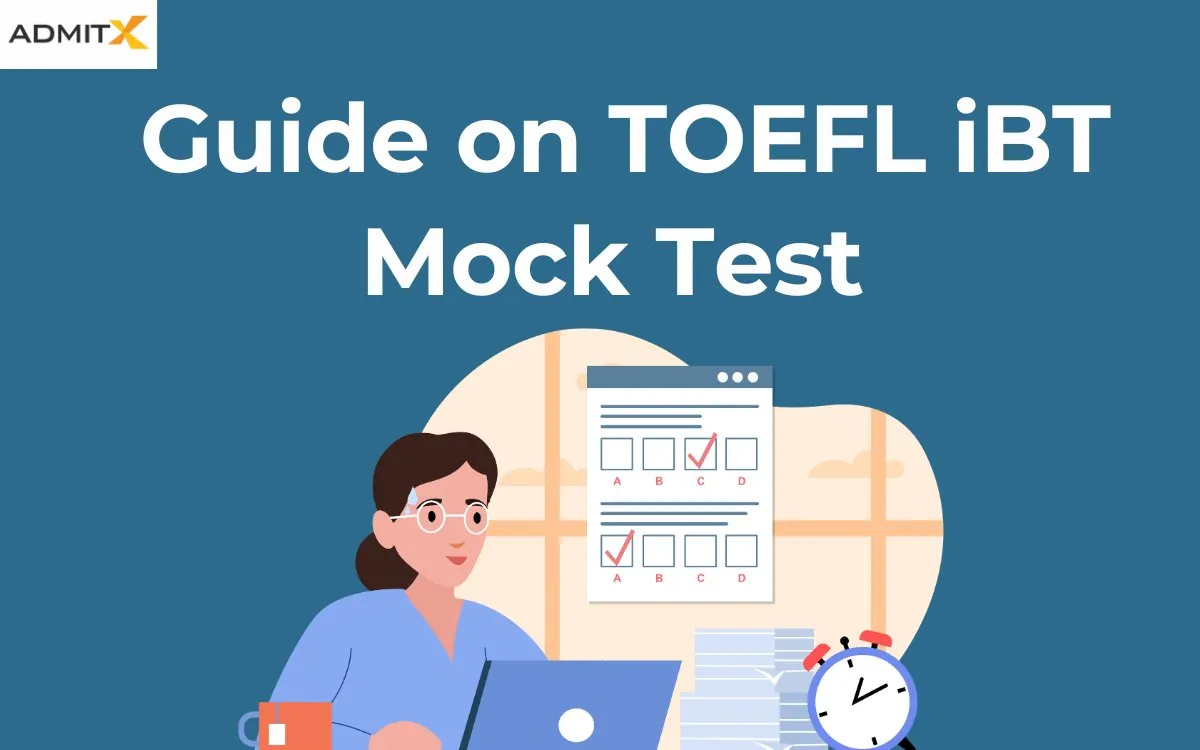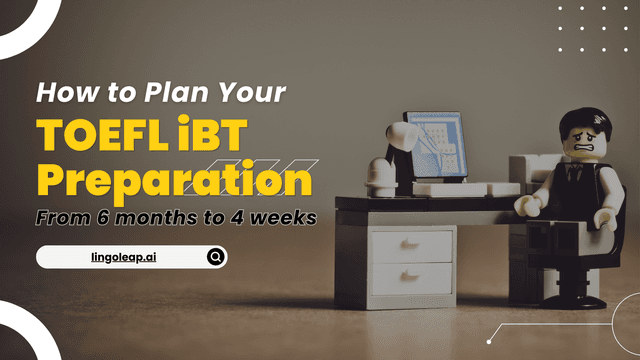Experience actual test formats with a self-paced TOEFL practice test.
Experience actual test formats with a self-paced TOEFL practice test.
Blog Article
Find out Just How to Increase Your Self-confidence With a TOEFL Practice Test Simulation
Boosting confidence for the TOEFL test is no tiny task. It includes a critical method that leverages the advantages of practice test simulations. These simulations, mirroring the real test setting, can be a video game changer in decreasing anxiety and promoting knowledge with the test format. Most importantly, they allow test-takers to determine their strengths and weak points, strategizing their study strategy appropriately. Stay tuned to discover the transformative power of TOEFL method examination simulations in building test-taking self-confidence.
Recognizing the Importance of TOEFL Technique Examination Simulation
While numerous ignore its importance, imitating the TOEFL technique examination is, in truth, an important action in the prep work procedure. Not only does it gear up trainees with a realistic experience of the real test problems, yet it additionally gives a chance to acquaint themselves with the format and structure of the examination. Imitating the TOEFL method test ought to not be neglected in any type of TOEFL preparation method.
Actions to Successfully Utilize TOEFL Method Examination Simulation


Getting started on the journey of TOEFL practice test simulation calls for a critical method. One requires to determine their areas of weakness in English effectiveness. This allows them to concentrate on certain sections during their method examinations. Next, establishing a study timetable guarantees regular method. Uniformity is key in improving competency in a language. Taking the simulation test in a controlled environment, comparable to a real examination situation, is valuable. This aids in handling time effectively, a crucial consider the TOEFL examination. After each test, it's vital to thoroughly assess the outcomes. Comprehending one's errors help in enhancing performance. Efficient use of TOEFL practice examination simulation is a detailed procedure that requires preparation, execution, and evaluation.
The Role of Substitute Practice Tests in Improving Your Self-confidence
As one navigates the extensive course of TOEFL preparation, substitute technique tests play a critical duty in improving confidence. These simulated examinations reproduce the real test atmosphere, supplying a reasonable sneak peek of the TOEFL's layout and time restrictions. Therefore, substitute technique tests not just prepare for the test's content however additionally serve as an emotional device in Read More Here enhancing a test-taker's self-belief.
Conquering Common Challenges Via TOEFL Method Test Simulation
By purposefully making use of TOEFL method test simulations, these challenges can be gotten over. They likewise allow students to recognize locations of weak point and job on boosting them before the real test. Inevitably, TOEFL method examination simulations serve as an important device to prevail over usual TOEFL preparation difficulties, paving the way for success.
Real-life Success Stories: How TOEFL Technique Examination Simulation Transformed Test Prep Work
Test-takers' trips frequently take a transformative turn when they harness the power of TOEFL method examination simulations. This appeared in John's instance, a Spanish pupil intending to study at an U.S. university. At first, he fought with the language obstacle, and his self-confidence took a hit. When he looked into TOEFL these details method test simulations, a new globe opened up. Submersed in a practical environment, he understood the subtleties of the English language better and boosted his understanding abilities. Maria, a Korean doctor desiring to exercise in an English-speaking country, saw a similar improvement. The substitute tests helped her grasp facility clinical terms in English, greatly boosting her confidence. Both John and Maria are testaments to the transformative power of TOEFL practice examination simulations.
Conclusion

Report this page